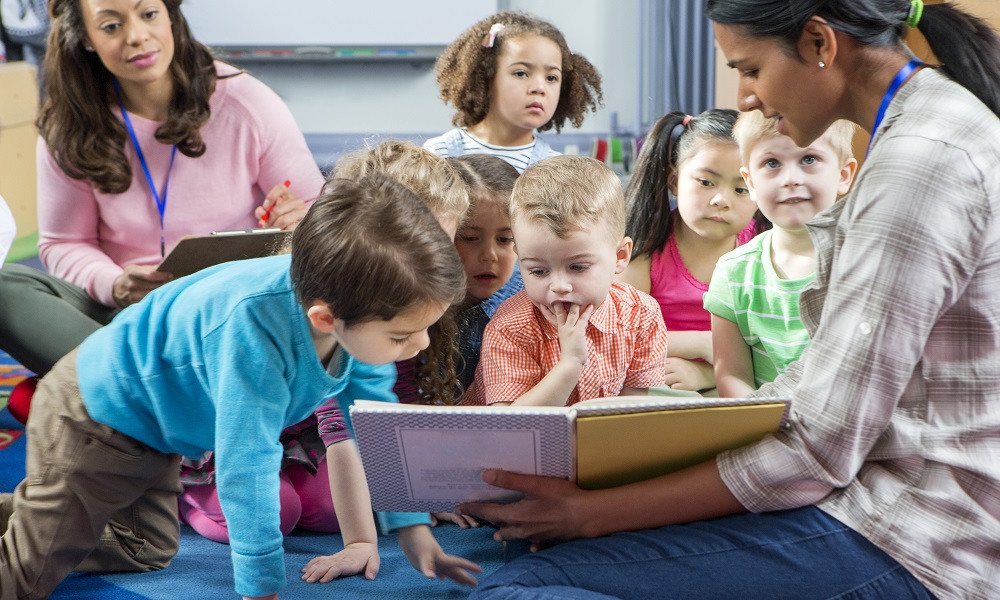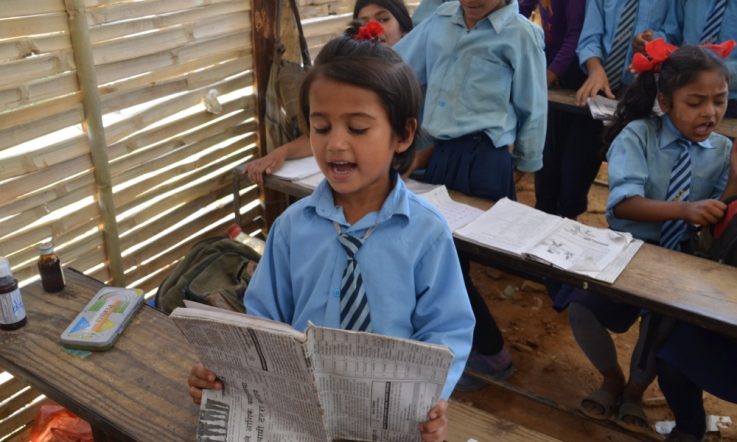Traditionally, the use of a Picture Story Book (PSB) was intended for three- to seven-year-olds as a stepping stone towards literacy development and understanding (Salisbury & Styles 2012), with topics and themes covered appropriate for a younger audience.
However, recent years have seen changes in PSBs by addressing topics such as violence, human rights and grief with children. These kinds of changes have made the PSB also appropriate for older audiences (Martinez & Harmon, 2012).
Investigating the use of picture story books
With this shift in audience in mind, I carried out a research project that informed my thesis, as part of my Master of Education studies with Deakin University, that investigated teachers' use of PSBs from Foundation to Year 6.
An online survey link was distributed by the principal to teachers. A total of 48 survey responses were recorded from teachers who taught in regional state school settings in Victoria. Of the participants: 12 were Foundation teachers, 11 were Year 3 teachers; there were nine specialist teachers (including Art, LOTE, Maths, Music and literacy intervention); seven were Year 5 teachers, six taught Years 1, 2 and 4, and there were three Year 6 teachers.
The survey asked teachers what purpose they were using PSBs for, in which subject areas, at which year levels, what qualities they looked for when choosing a book, and how confident they felt in using this type of resource for teaching and learning.
The results showed 38 per cent of Foundation to Year 6 teachers surveyed use PSBs daily and 15 per cent use them irregularly. Foundation to Year 2 teachers were more likely to use them ‘daily' or ‘2-3 times per week'.
Teachers were asked to select the subjects they used PSBs in from six options – reading, writing, numeracy, interpersonal development, ICT, and the humanities – or add in other subject or specialist areas if needed. The top three responses were reading, writing and numeracy. They were also commonly being used in teaching interpersonal development (such as managing relationships and emotions), the Humanities and specialist subjects including Art and LOTE.
Further data analysis found PSBs are being used in the same subject areas in Foundation to Year 2 as they are in Years 3-6, with the exception of interpersonal development. This subject area showed more use of the books in Foundation to Year 2.
All teachers surveyed identified more than one quality that they look for when choosing a PSB. ‘Illustrations' was by far the most popular response, followed by ‘vocabulary' and ‘connections' (to the world around them and their own experiences). Other qualities seen as important were the story's underlying message, its ability to engage students, and the characters.
I also wanted to explore why teachers were choosing to use this type of resource in the classroom. From the survey responses, seven key purposes were identified: the top three were modelling, enjoyment and engagement, followed by themes, vocabulary, illustrations and reading skills.
Once the reasons for selecting PSB had been identified, I wanted to investigate the level of confidence teachers felt they had in selecting appropriate PSBs. The survey data show 48 per cent of participants believed they were ‘proficient' at selecting PSBs, while 40 per cent said they were ‘capable'. However, 10 per cent said they were at the beginning level for confidently selecting a suitable PSB and 2 per cent said they needed to develop more knowledge in this area. There was little difference in results by year level.
Impact on my own classroom practice
From this research, I am even more motivated to seek opportunities within my teaching program to plan for the use of PSBs as a teaching and learning resource. In recent times, in my grade 5/6 classroom, the following PSBs were used: One Minute's Silence by David Metzenthen, to discuss ANZAC day; The Day The Crayons Quit by Drew Daywalt, to demonstrate letter writing; Uno's Garden by Graeme Base for inquiry, to investigate environmental issues; and When I'm Feeling Angry by Trace Moroney, to engage students in social emotional learning.
I believe student engagement is increased through the use of PSBs, regardless of the year level. However, to be successful, I must have a thorough understanding of the book and clear learning intentions for it. Ultimately, if teachers are to have a critical knowledge base around text and images in a PSB then they will be able to use it as an instructional tool to achieve learning goals (Martinez & Harmon 2012, p. 338).
References
Martinez, M & Harmon, JM 2012, 'Picture/Text Relationships: An Investigation of Literary Elements in Picturebooks', Literacy Research & Instruction, 51(4), 323-43.
Salisbury, M & Styles, M 2012, Children's Picturebooks: The Art of Visual Storytelling. Laurence King Publishing, London.
How confident are you in selecting suitable texts to support teaching and learning? What influences your decision making? How often do you review the success of your choices?
The author of this article points out that recent changes to the themes and topics covered have meant picture story books are now suitable for older primary students. What could the benefits be of using picture story books with older children?



